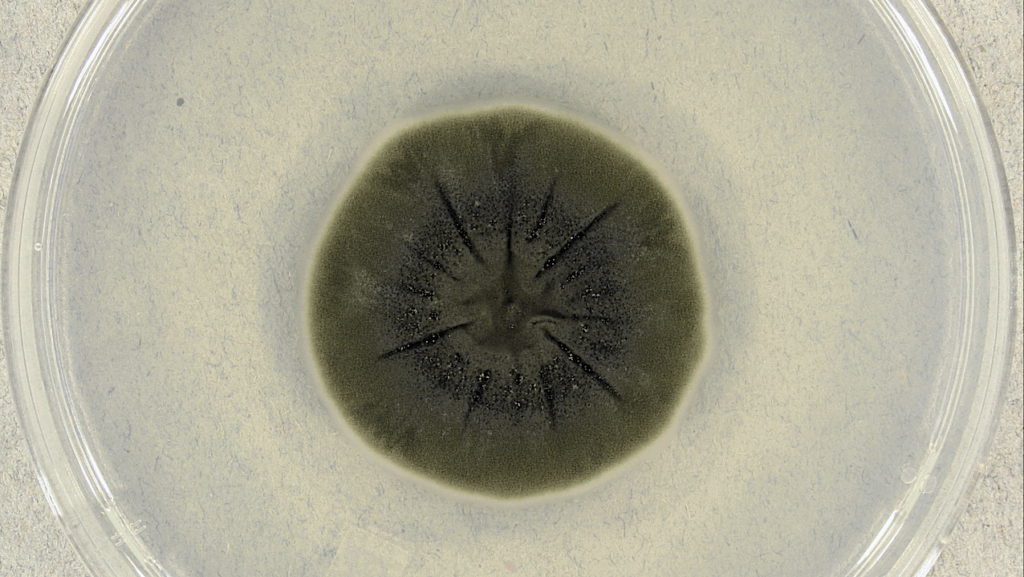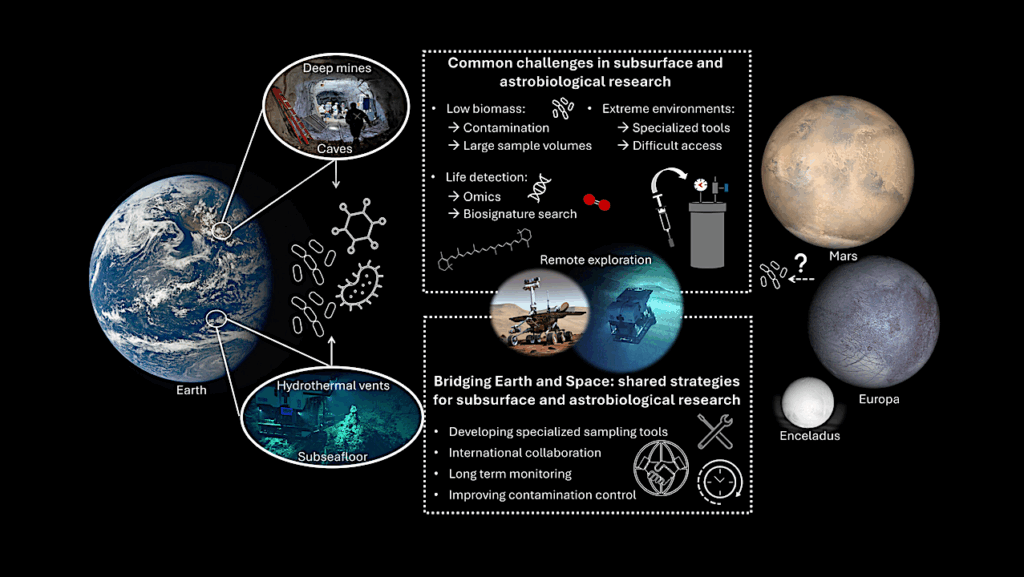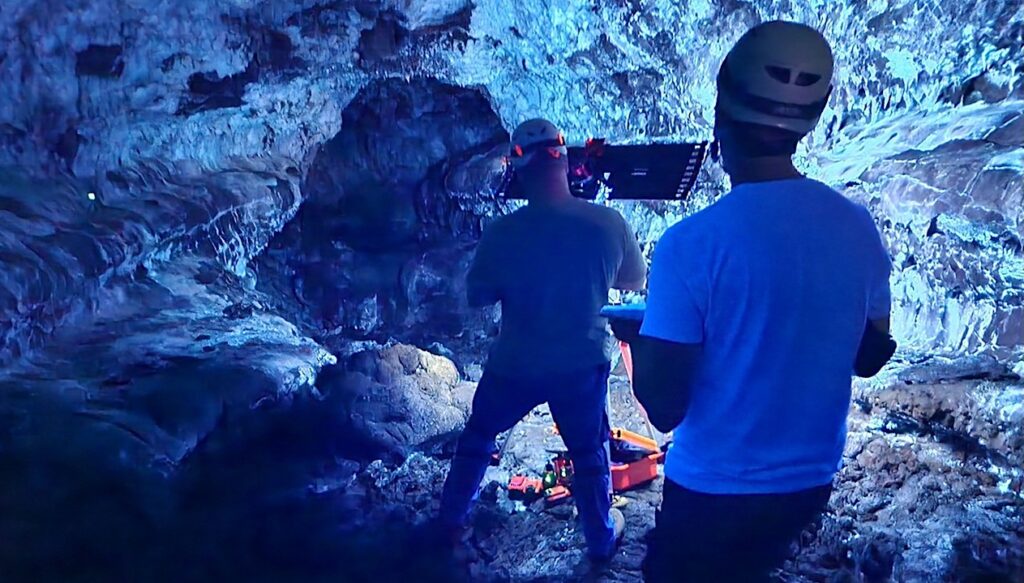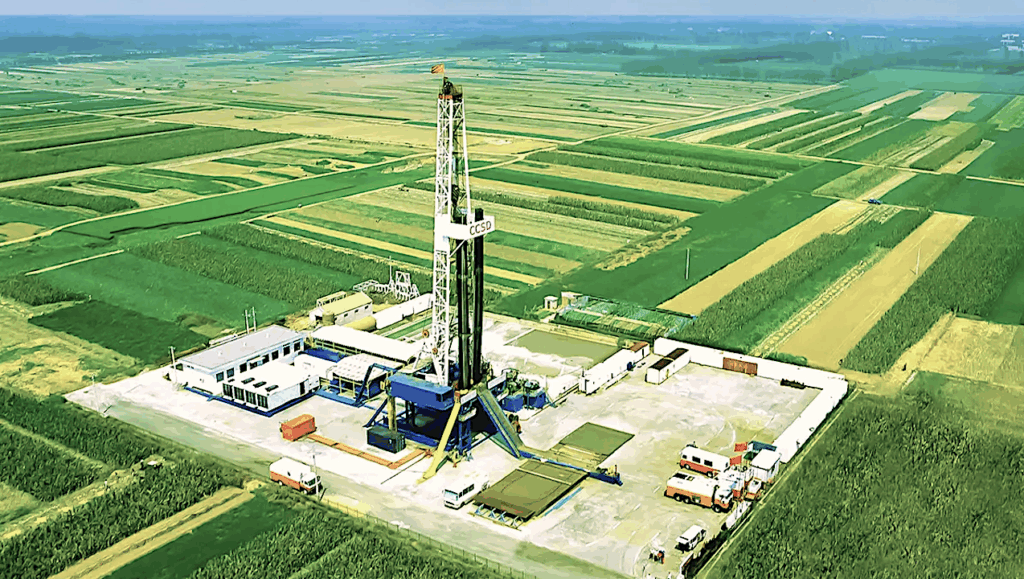A Key Moment In The Evolution Of Life On Earth Captured In Fossils
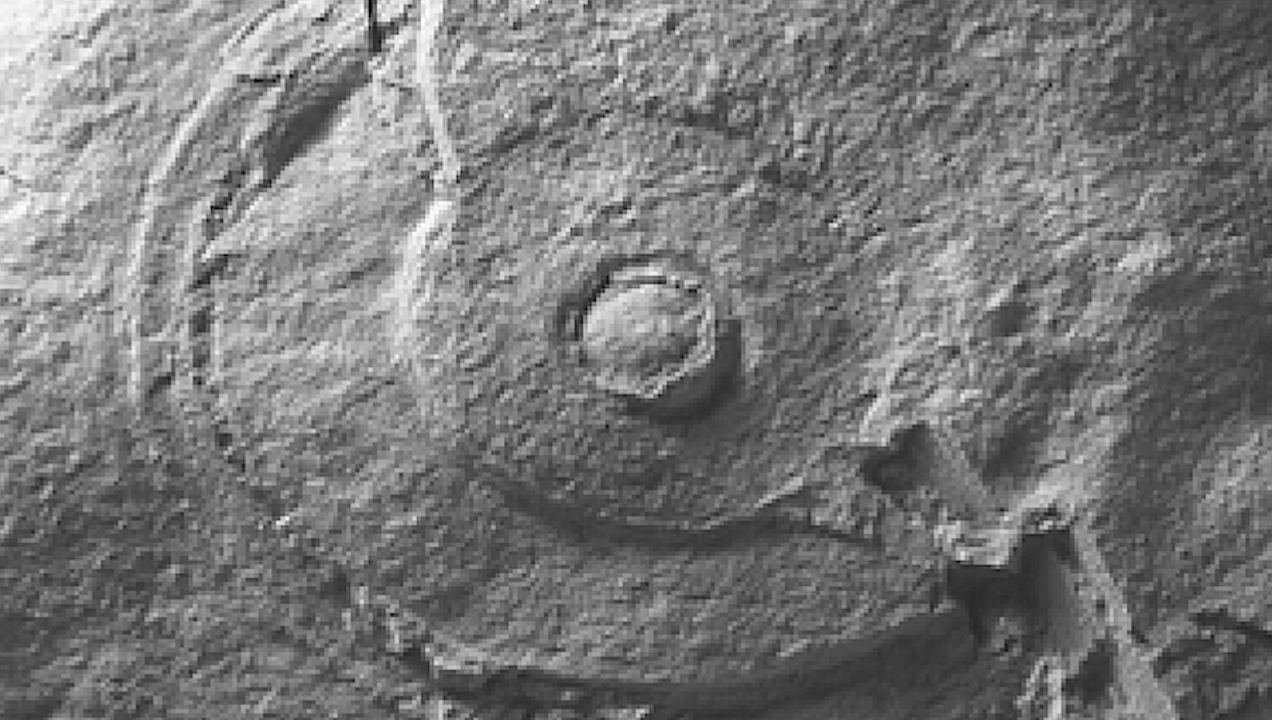
Curtin-led research has for the first time precisely dated some of the oldest fossils of complex multicellular life in the world, helping to track a pivotal moment in the history of Earth when the seas began teeming with new lifeforms – after four billion years of containing only single-celled microbes.
Lead author PhD student Anthony Clarke, from the Timescales of Mineral Systems Group within Curtin’s School of Earth and Planetary Sciences, said to determine the age of the fossils, researchers used volcanic ash layers like bookmarks in the geological sequence.
“Located in the Coed Cochion Quarry in Wales, which contains the richest occurrence of shallow marine life in Britain, we used outfall from an ancient volcano that blanketed the animals as a time marker to accurately date the fossils to 565 million years, accurate down to 0.1 per cent,” Mr Clarke said.
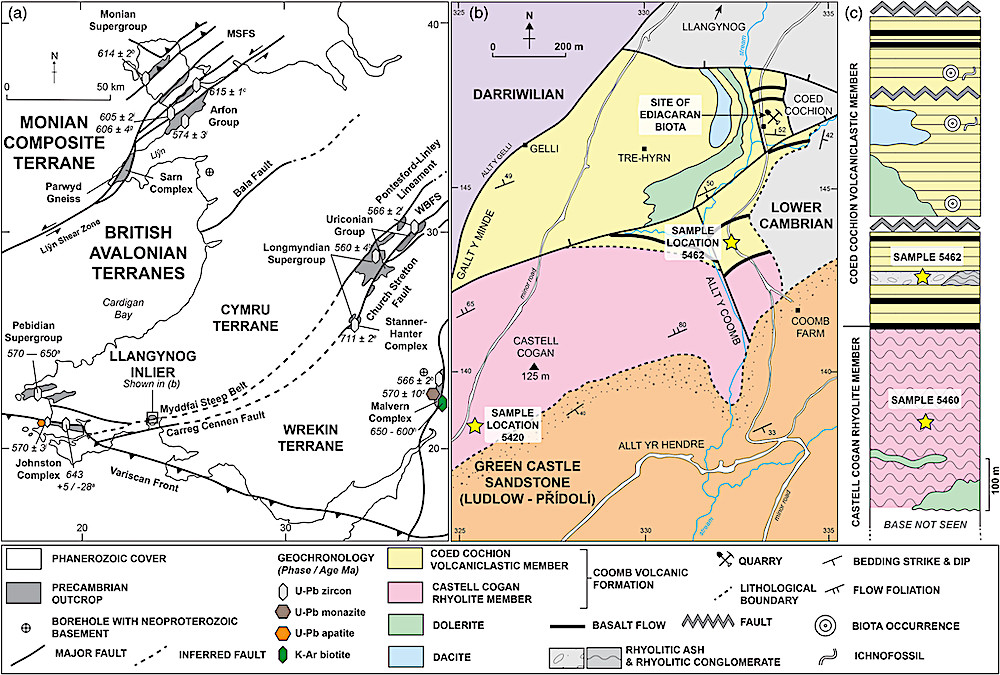
(a) Outcrops of Neoproterozoic southern Britain. Superscript letters indicate data sources. WBFS, Welsh Borderland Fault System; MSFS, Menai Strait Fault System. (b) Neoproterozoic rocks of the Llangynog Inlier. (c) A schematic stratigraphic log of the Neoproterozoic rocks of the Llangynog Inlier. The coordinate system used is the British National Grid. Sources: (a) adapted after Pharaoh and Carney (2000) and Schofield et al. (2016). Data sources: a, Patchett and Jocelyn (1979); b, Tucker and Pharaoh (1991); c, Horak et al. (1996); d, Thorpe et al. (1984); e, Schofield et al. (2010); f, Noble et al. (1993); g, Beckinsale et al. (1984); h, Strachan et al. (1996); i, Compston et al. (2002); j, Clarke et al. (2023). (b) Adapted after Cope and Bevins (1993); (c) modified after Cope and Bevins (1993). — Journal of the Geological Society
“With similar Ediacaran fossils found at sites around the world including in Australia, dating the fossils identifies them as being part of an ancient living community that developed as Earth thawed out from a global ice age.
“These creatures would in some ways resemble modern day marine species such as jellyfish, yet in other ways be bizarre and unfamiliar. Some appear fern-like, others like cabbages, whereas others resembled sea pens.”
Study co-author Professor Chris Kirkland, also from the Timescales of Mineral Systems Group at Curtin, said the fossils are named after the Ediacara Hills in South Australia’s Flinders Ranges, where they were first discovered, leading to the first new geological period established in over a century.
“These Welsh fossils appear directly comparable to the famous fossils of Ediacara in South Australia,” Professor Kirkland said.
“The fossils, including creatures like the disc-shaped Aspidella terranovica, showcase some of the earliest evidence of large-scale multicellular organisms, marking a transformative moment in Earth’s biological history.
“Ediacaran fossils record the response of life to the thaw out from a global glaciation, which shows the deep connection between geological processes and biology.
“Our study underscores the importance of understanding these ancient ecosystems in order to unravel the mysteries of Earth’s past and shape our comprehension of life’s evolution.”
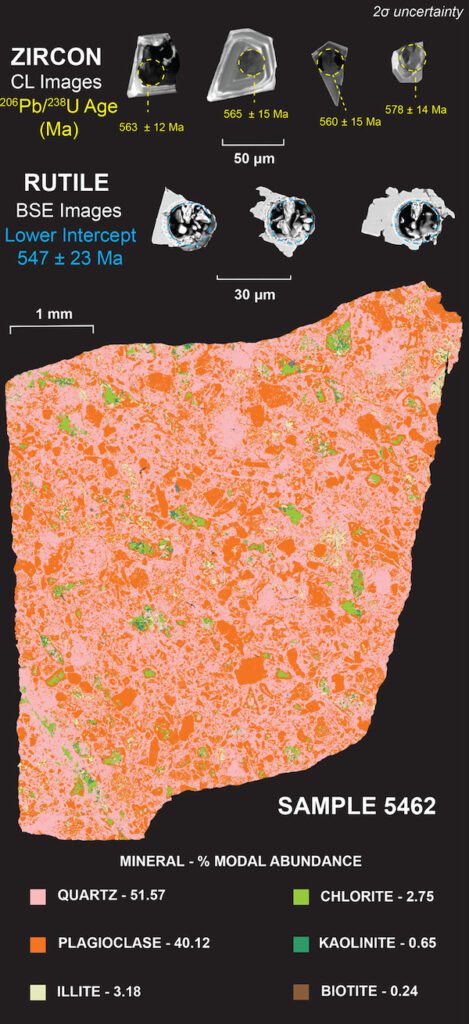
Top: representative cathodoluminescence images of zircon grains ablated and the 206Pb/238U age obtained from sample 5462. Centre: backscatter electron images of rutile. Bottom: an automated mineralogy map of the Coed Cochion rhyolite (sample 5462) minerals with a modal abundance >0.1%. — Journal of the Geological Society

IPhotographs of the Ediacaran biota from the Llangynog Inlier. The variable scale for the images should be noted. (a) Group of Aspidella s.s. (b) Pair of Ediacaria-type morphs of Aspidella s.l., showing growth interference. (c) Ediacaria-type morph of Aspidella s.l. (d) Hiemalora. (e) Palaeopascichnus sp. (f) Yelovichnus sp. (g) A pair of Spriggia-type morphs of Aspidella. (h) Sinusoidal trace fossil. The Llangynog fossils have been deposited in Amgueddfa Cymru–Museum Wales under the registered number NMW.79.16G. — Journal of the Geological Society
U–Pb zircon-rutile dating of the Llangynog Inlier, Wales: constraints on an Ediacaran shallow 1 marine fossil assemblage from East Avalonia’ , Journal of the Geological Society (open access)
Astrobiology




